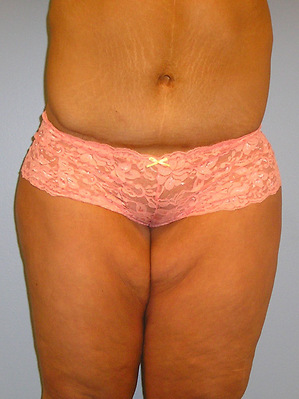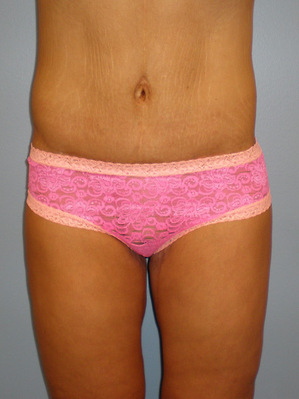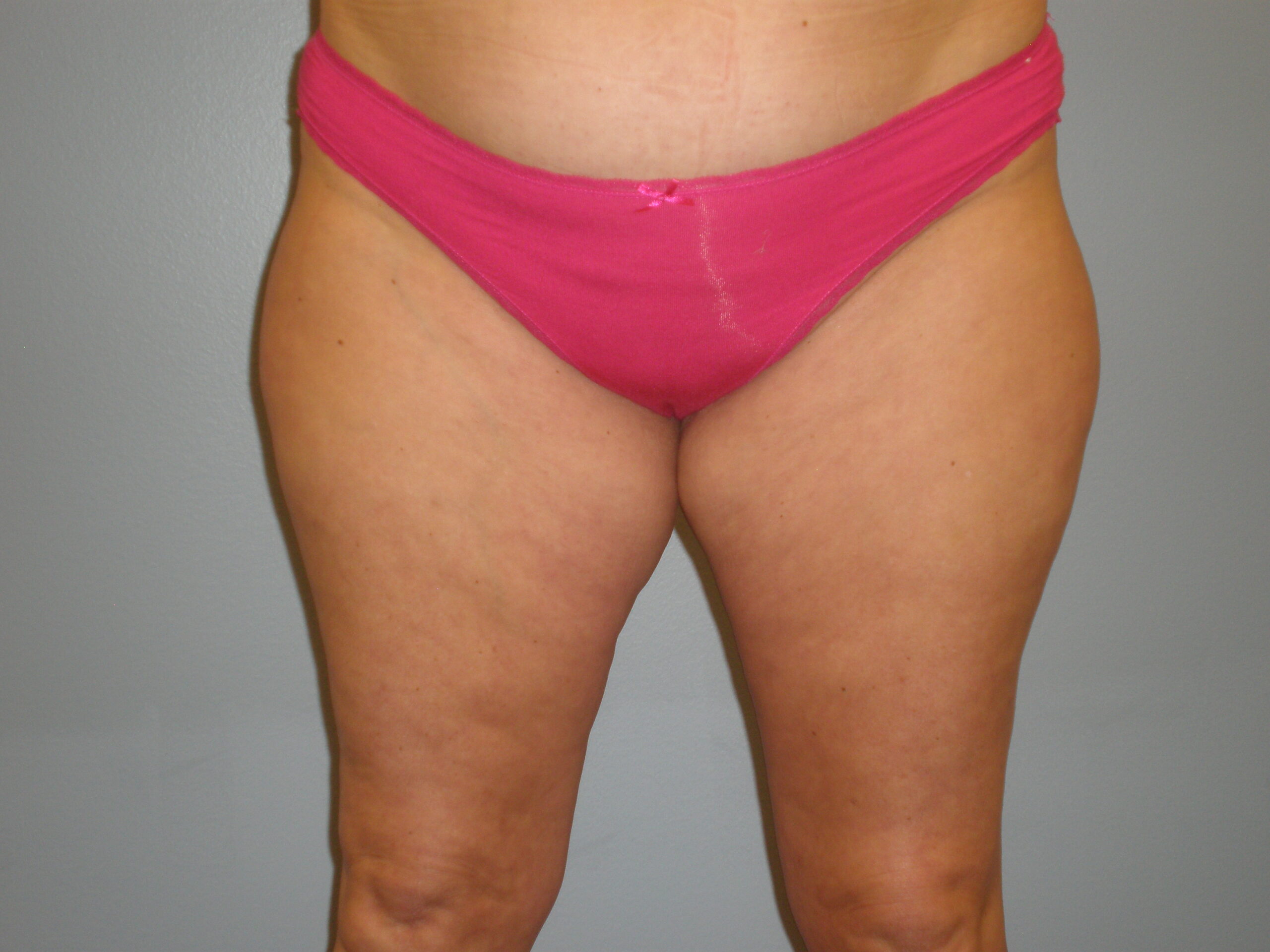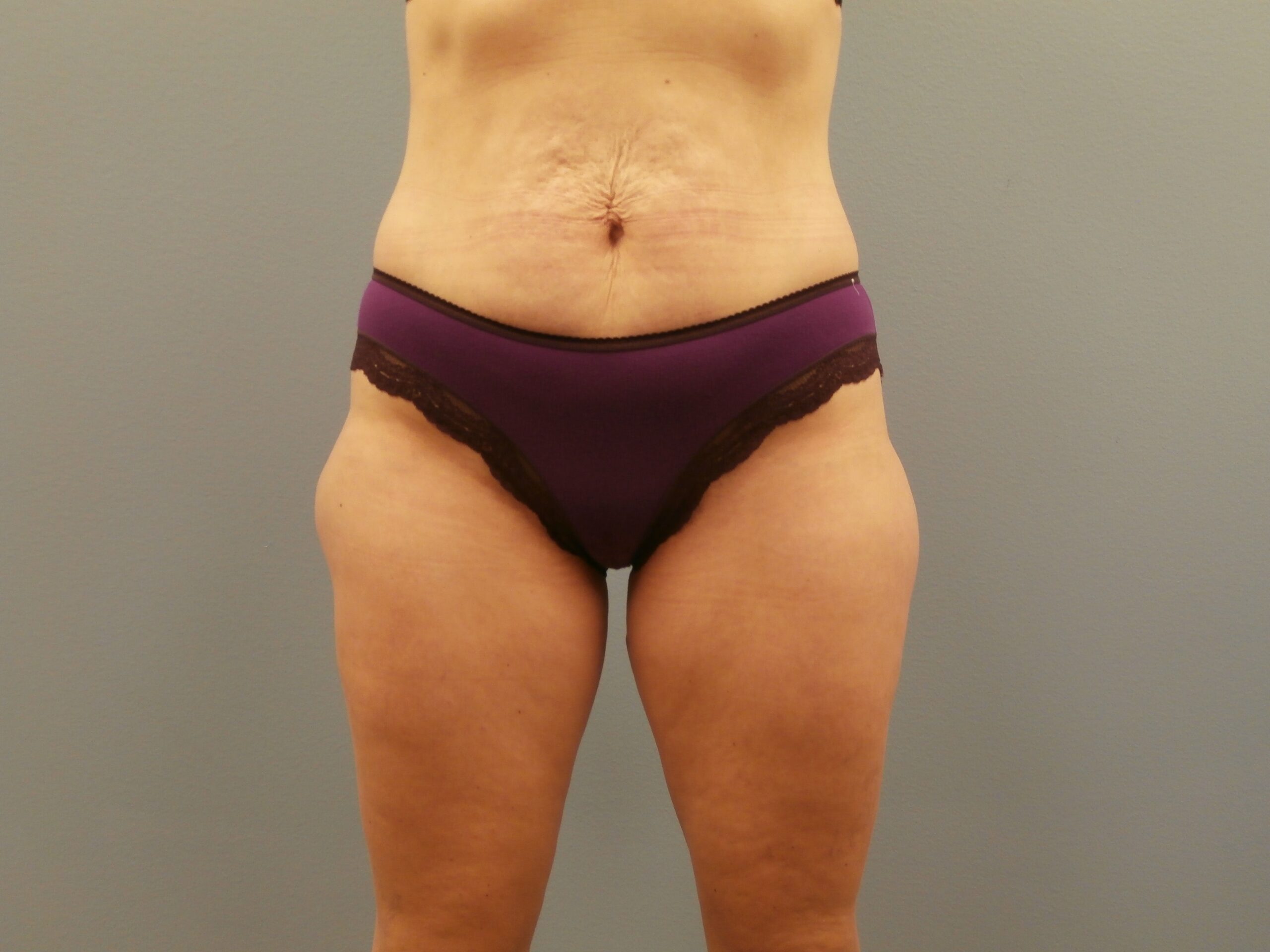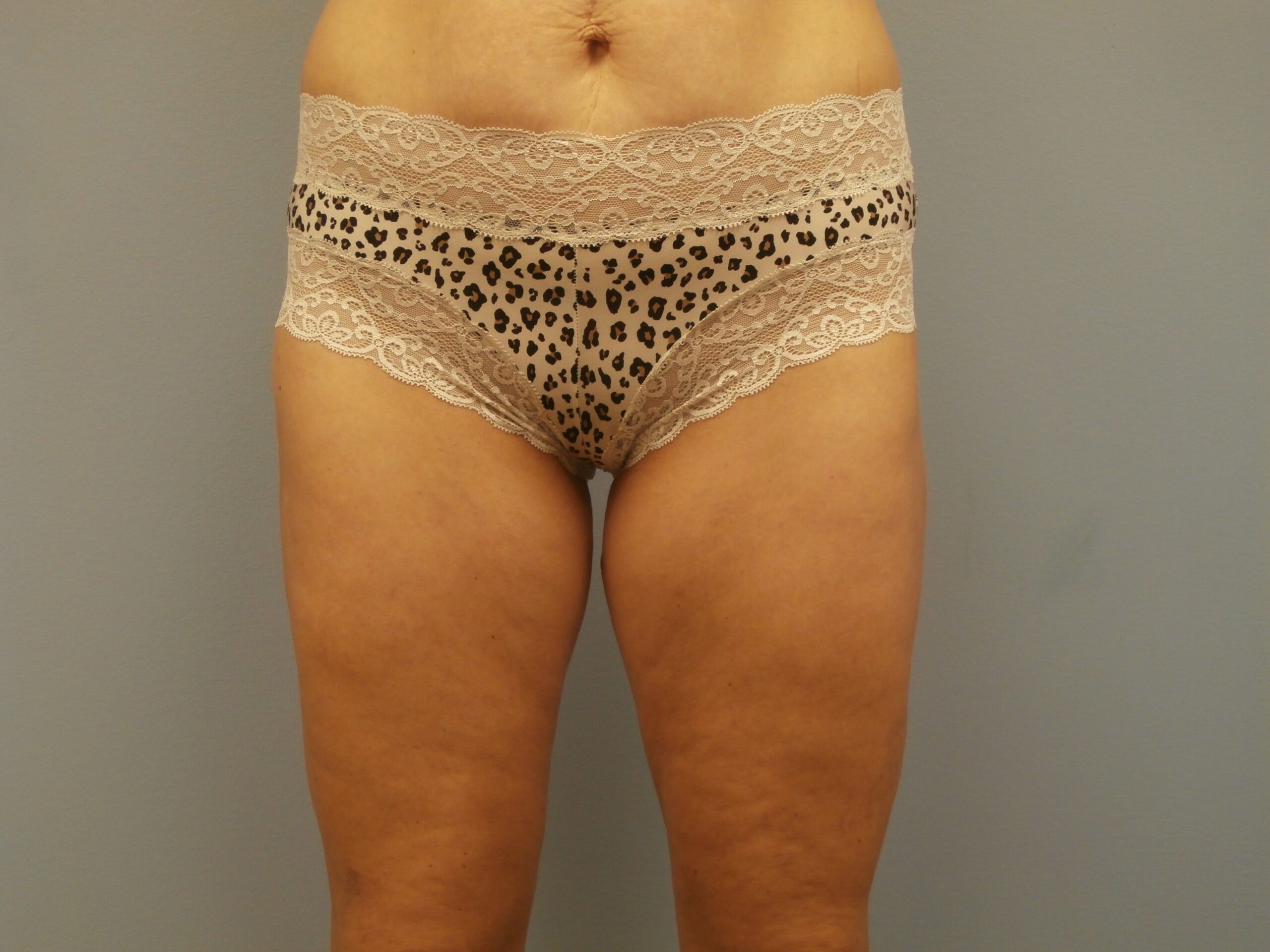Quick Links
What Is Liposuction?
Liposuction, also called lipoplasty, can remove areas of fat that are resistant to diet and exercise. Typical locations include the lateral thighs, abdomen, inner thighs, and “love handles”. Ideal candidates for liposuction in Minneapolis-St. Paul, MN, are at their ideal body weight and have good skin tone. Liposuction is performed using the “tumescent” technique. Prior to suctioning, the area to be treated is infiltrated with fluid. This fluid contains medication to minimize blood loss and help with post-operative pain control. Dr. Rocheford does not use ultrasonic liposuction.
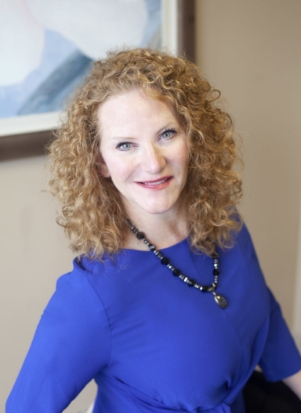
Heather Rocheford, MD
BOARD CERTIFIED PLASTIC SURGEON
There are so many fads and false promises out there. It’s almost impossible to make a confident decision without trusted advice, and that’s what I’m here for. My goal is to help you understand what is right for you – based on your unique situation.
Meet Dr. RochefordDetails Of Liposuction
- Surgery: Surgery is done under general anesthesia at an outpatient facility or hospital. The surgery takes 1 – 6 hours, depending on the number of areas to suction. It is outpatient for small to medium volumes, and overnight for a large volume.
- Discomfort: Mild to Severe. Anticipate 2 – 14 days of pain medication.
- Bruising and Swelling: Peaks within 3 days and slowly resolves over 2 – 8 weeks.
- Bandages: Removed in 1 – 4 days.
- Stitches: Internal stitches dissolve.
- Support: Wear a compression garment continuously for 2 weeks and during the day for the next 4 weeks.
- Work: You may return to work in 5 – 14 days if you are finished taking prescription pain medication. Wait 2 – 3 weeks if your job requires heavy lifting.
- Exercise: May be resumed in 2 – 4 weeks. Exercise sooner will cause swelling and delay your final result.
- Final Result: After the swelling subsides, usually 6 – 8 weeks. The duration of the result is 7 – 10 years.
Liposuction in men is typically performed on the chest, abdomen, and flank (love handles). In women, the last 3 illustrations indicate the most common areas to treat. The incisions are less than one centimeter long and will be hidden increases to minimize visibility. To help control your contour, you will wear a compression garment following surgery.
Candidates for Liposuction
Ideal candidates for liposuction are those individuals seeking to permanently remove excess or stubborn fat that is not responsive to diet and exercise. Candidates should be okay with a surgical procedure with minimal-to-moderate downtime. Additionally, those seeking liposuction should be in good overall health and maintain realistic expectations.
Liposuction Procedure
Your liposuction procedure will begin with an anesthetic. General anesthesia is most commonly used for liposuction procedures. Your surgeon will begin by making a small incision in the area where the fat is to be removed. Through this incision, they will insert a thin tube called a cannula. The cannula is maneuvered in a way that breaks up the excess fat before it is suctioned out through the small tube. To finish the procedure, sutures are made to close your incision.
Liposuction Recovery
Immediately following your liposuction procedure, you will experience some mild to moderate pain and bruising. You can take a pain reliever to help ease any discomfort. You will be required to wear a surgical compression garment around the clock during your recovery for 2 weeks and then only during the day for four weeks after that. You will also be required to pause or limit exercise for 2 weeks. Final results can be seen 6-8 weeks after your procedure.
Let Dr. Rocheford Help You
Dr. Rocheford has compiled a list of frequently asked questions for her liposuction patients. She and her team are also available to discuss your personal concerns. Complementary procedures, like a tummy tuck, may help you better achieve your cosmetic goals.
Schedule a Consultation
If you’re ready to discuss your Minneapolis-St. Paul liposuction options, now is a great time to schedule your liposuction surgery consultation with Dr. Heather Rocheford at our plastic surgery offices, serving the Twin Cities Metro area including St. Paul, Minneapolis, Woodbury and beyond. Simply request a consultation online or call Rocheford Plastic Surgery at 651-739-1100 today to schedule your appointment.
Recent News
Are Liposuction Results Permanent?
Liposuction is one of the most popular cosmetic procedures in the U.S. today, which is no surprise due to its…
READ MOREAre you a Candidate for Liposuction or a Mommy Makeover? Click The Resource Articles Below to Learn More!
Are you a candidate for liposuction or wondering about the most common mommy makeover procedures? If you’re interested in more…
READ MORELiposuction FAQ’s
Are you put to sleep for liposuction?
What is Liposuction?
Is liposuction right for me?
What are the risks of liposuction?
Is liposuction safe?
What should I ask during my liposuction consultation?
Can visceral fat be removed?
Does a tummy tuck remove fat?
How can I lose tummy fat fast?
What are the liposuction procedure steps?
Can I get liposuction if I am overweight?
Does liposuction get rid of cellulite?
Is Lipo permanent?
Will I need help after liposuction?
What should I expect during my liposuction consultation?
How should I prepare for liposuction surgery?
Patient Resources
Whether a new or returning patient, we have plenty of resources to either help you get started or learn more about the procedure process. From patient forms to blogs, we have all the resources you’ll need to prepare yourself for your appointment.






